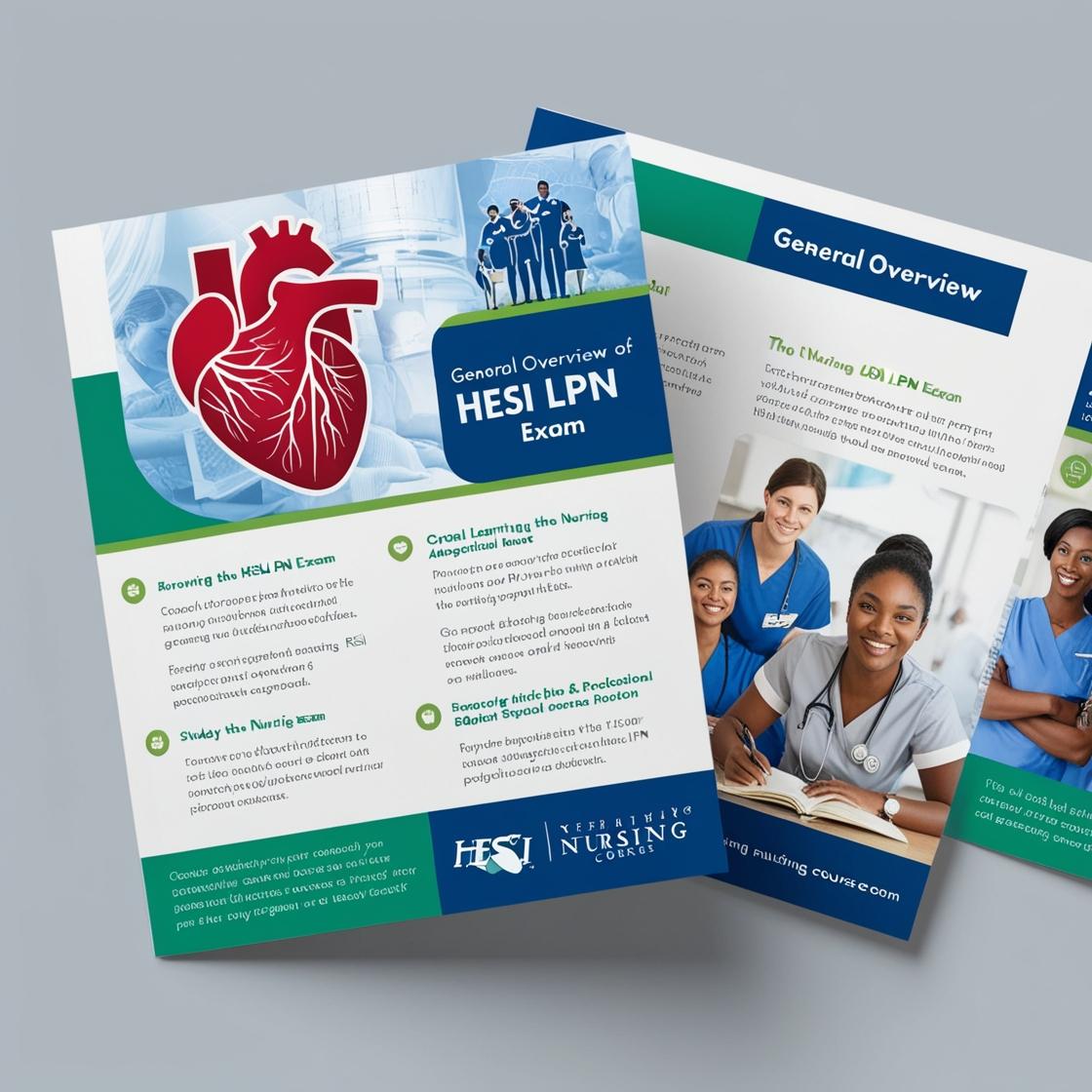HESI LPN
Fundamentals of Nursing HESI
1. When teaching adult cardiopulmonary resuscitation (CPR) to a group of newly licensed nurses, what should the charge nurse instruct as the initial response in CPR?
- A. Confirm unresponsiveness
- B. Check for a pulse
- C. Begin chest compressions
- D. Call for emergency help
Correct answer: A
Rationale: The correct initial response in CPR is to confirm unresponsiveness. This step is crucial to ensure that the person actually needs CPR before proceeding with further actions. Checking for unresponsiveness is essential to determine if the individual is in need of immediate assistance. Checking for a pulse or beginning chest compressions without confirming unresponsiveness could waste valuable time and potentially harm the individual. Calling for emergency help is important, but it should follow the confirmation of unresponsiveness to ensure timely activation of emergency services.
2. A nurse is precepting a newly licensed nurse who is preparing to help a client perform tracheostomy care. The nurse should intervene if the equipment the preceptee gathered included:
- A. Cotton balls
- B. Sterile gloves
- C. A suction catheter
- D. Tracheostomy tubes
Correct answer: A
Rationale: The correct answer is A: Cotton balls. Cotton balls are not suitable for tracheostomy care due to the risk of lint and contamination. When performing tracheostomy care, sterile supplies such as sterile gloves, a suction catheter, and tracheostomy tubes are essential. Sterile gloves are needed to maintain asepsis, a suction catheter is necessary for airway clearance, and tracheostomy tubes are crucial for maintaining a patent airway. Cotton balls should be avoided to prevent introducing lint or fibers into the tracheostomy site, which can lead to infection or airway obstruction.
3. A client with a history of peptic ulcer disease reports black, tarry stools. What is the most appropriate action for the LPN/LVN to take?
- A. Reassure the client that this is not a normal finding.
- B. Notify the healthcare provider immediately.
- C. Document the finding in the client’s chart.
- D. Encourage the client to seek medical attention.
Correct answer: B
Rationale: The correct answer is B: Notify the healthcare provider immediately. Black, tarry stools can be indicative of gastrointestinal bleeding, a serious complication that requires urgent medical evaluation and intervention. This finding should not be dismissed or considered normal without further assessment. Option A is incorrect because black, tarry stools are not a normal finding and may signify a significant health issue. Option C is incorrect as immediate action is needed rather than just documenting the finding. Option D is not the best choice as it simply suggests seeking medical attention without emphasizing the urgency of the situation. Prompt notification of the healthcare provider is crucial to ensure timely intervention and management of potential gastrointestinal bleeding.
4. A client is being taught about dietary management of hypercholesterolemia. Which of the following foods should be suggested to add to the diet?
- A. Avocados
- B. Fried chicken
- C. Whole milk
- D. Bacon
Correct answer: A
Rationale: Avocados are a good choice to suggest adding to the diet of a client with hypercholesterolemia because they are high in healthy fats, particularly monounsaturated fats, which can help manage cholesterol levels. On the other hand, fried chicken, whole milk, and bacon are high in saturated fats and cholesterol, which should be limited in a diet aimed at managing hypercholesterolemia. Therefore, choices B, C, and D are incorrect.
5. During the check-up of a 2-month-old infant at a well-baby clinic, the mother expresses concern to the nurse because a flat pink birthmark on the baby's forehead and eyelid has not gone away. What is an appropriate response by the nurse?
- A. Mongolian spots are a normal finding in dark-skinned infants.
- B. Port wine stains are typically associated with other malformations.
- C. Telangiectatic nevi are normal and will disappear as the baby grows.
- D. The child is too young for surgical removal of these at this time.
Correct answer: C
Rationale: The correct answer is C. Telangiectatic nevi, often referred to as 'stork bites,' are common birthmarks in infants and are considered normal. These birthmarks usually fade and disappear as the child grows older. Choices A, B, and D are incorrect because Mongolian spots are bluish-gray birthmarks commonly found in darker-skinned infants, port wine stains are vascular birthmarks that typically do not disappear, and surgical removal is not recommended for telangiectatic nevi as they usually resolve on their own.
Similar Questions

Access More Features
HESI LPN Basic
$69.99/ 30 days
- 50,000 Questions with answers
- All HESI courses Coverage
- 30 days access @ $69.99
HESI LPN Premium
$149.99/ 90 days
- 50,000 Questions with answers
- All HESI courses Coverage
- 30 days access @ $149.99
